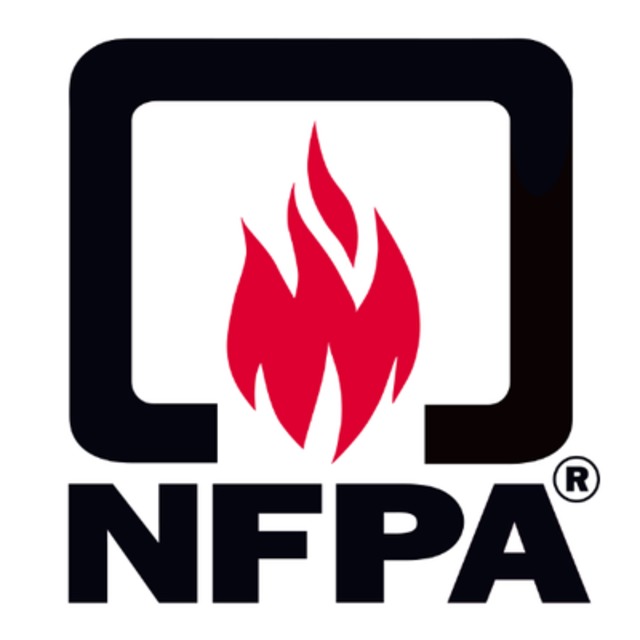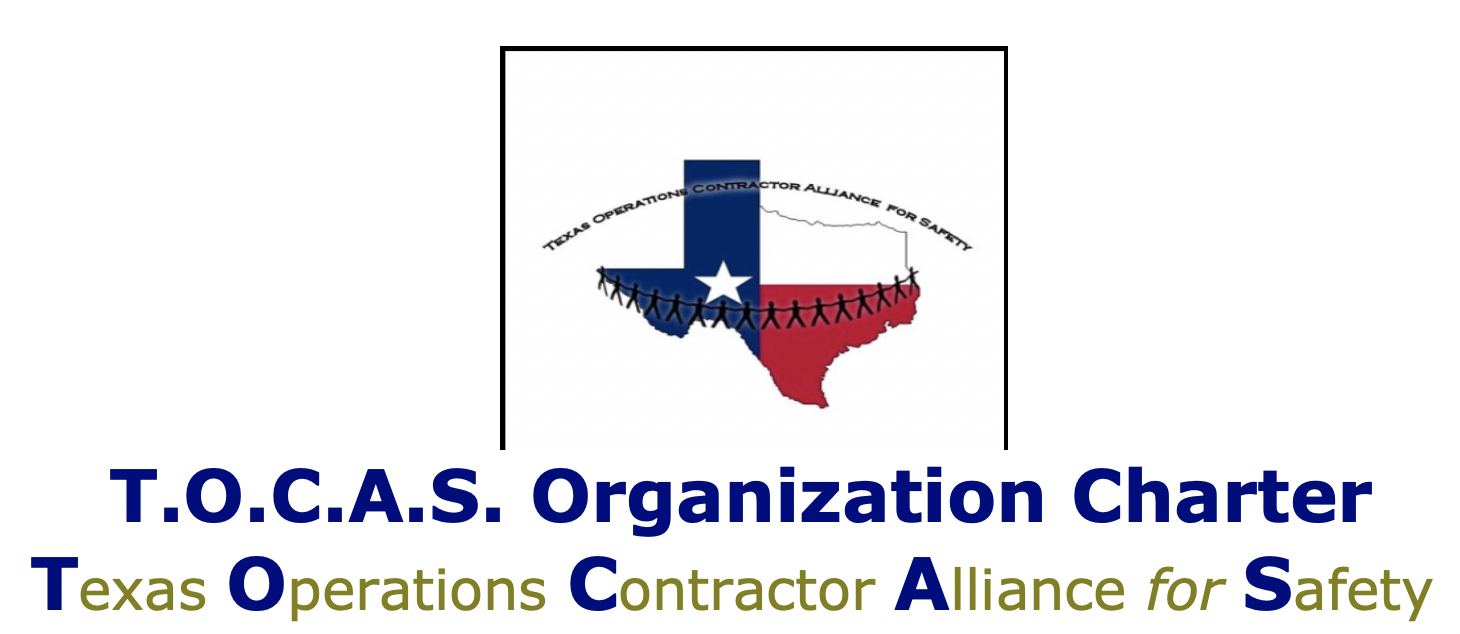Why do "lagging indicators" remain such a popular means of gauging/measuring the success of the safety effort?
We should measure the results and that these lagging indicators can/do play a role in measuring our success in all functions within a business. However, as I would like to point out to C-Suite executives, the company does not simply count "bounced checks" to measure its financial health. An extensive financial management system with dozens of "leading indicators" and audits to verify that data ensures the business does not "bounce checks." Although the business's financial health is critical to the company's and its employees' success, I have yet to hear a business state that "our financial health is our top priority."
Yet many organizations emphasize their injury rates to validate their safety efforts, often with little to no effort to verify whether those rates are accurate or legitimate or how they were achieved.
This leads me to mention "confirmation bias" when the reliance on lagging indicators is the single measure of success within safety. All of us struggle with "confirmation bias." The human way of thinking and justifying our decisions leads to our actions (or lack of actions, as is the case in industrial safety).
What is "confirmation bias?" (Source: Britannica)
Confirmation bias is the tendency to process information by looking for or interpreting information that is consistent with their existing beliefs. This biased approach to decision-making is largely unintentional, and it results in a person ignoring information that is inconsistent with their beliefs. These beliefs can include a person’s expectations in a given situation and their predictions about a particular outcome. People are especially likely to process information to support their own beliefs when an issue is highly important or self-relevant.
Does this sound familiar?
Have you ever encountered a boss, executive, or senior manager who thinks/acts like this regarding safety in the workplace? I would bet it would be hard to find a safety pro who could not name names of management personnel who fit this definition as it applies to their role in safety in a workplace.
But why is this so prevalent in safety vs. the other business functions?
My belief is this... Most people believe they are good people, so we all seek information to confirm this personal belief. When it comes to the safety of those we feel even the slightest responsibility for, we want to confirm this belief, so we look for data/information that will do so. And the lack of accidents (for whatever reason) confirms this belief.
In safety, we have been taught to believe that the "absence of accidents equals the presence of safety," much like no "bounced checks equals a financially healthy business."
But remember, in the finance world, no one gauges the financial health of the business by ONLY counting bounced checks; this lagging indicator/result is supported by many checks and balances (i.e., balancing the books frequently, auditing the financial statements, training personnel to manage budgets and expenditures, forecasting financial impacts, decision making on spending vs. ROI, etc.). All of these efforts fit into our financial management system, leaving the business's management with VERIFIABLE DATA to measure the success of the financial management system of the business. This VALIDATED data makes it harder for "confirmation bias" to creep into the financials of the company. But, if this data had little credibility (as not having been validated by a reputable source and process), management would not put much value in it, and then confirmation bias that "all is well" would take over... until that first check is bounced!
This financial approach is precisely the approach for a Safety Process/Safety Management System (SMS). Sure, we measure the result(s) as this is one way we can validate that the Safety Process/SMS is functioning as intended. But any safety pro implementing leading indicators can tell you...
Those leading indicators can be manipulated just as easily as the lagging indicators.
This means we need a system to VALIDATE those leading (and lagging) indicators. But I digress (as usual in my safety rants).
Management teams are looking to confirm what they say on a regular basis and is plastered on just about every flat surface in the workplace... that is, worker safety is very important to them. They then search for, interpret, favor, and recall information in a way that confirms or supports their prior beliefs or values (e.g., safety is important). And through sheer ignorance of not knowing any better, they find this "confirmation" in
- the low number of reported accidents and
- even a lower number of actual injuries from those reported accidents, and
- even a lower number of severe injuries from those reported accidents
But confirmation bias is a VERY STRONG trait among us. It is so strong that if the data confirms our beliefs/values, we will have little or no desire to validate the information/data used to confirm our bias. It is just too easy to confirm our bias that the "absence of accidents equals the presence of safety."
This means we need to wean management off of living the lie that the "absence of accidents equals the presence of safety." We do this by educating them and leading them to the Safety Process/SMS approach, much like they are comfortable with and knowledgeable regarding the financial management system.
It is NOT an easy task to overcome confirmation bias, but it is a straightforward approach, as explained by managerial economics expert Dr. Shahram Heshmat... (emphasis by me)
|
"To avoid the dangers of confirmation bias, business leaders must actively seek out diverse viewpoints and opinions. This can be achieved through a variety of methods, such as seeking feedback from customers, engaging with stakeholders, and encouraging dissenting views within the organization. Additionally, leaders should seek out information that contradicts their existing beliefs to ensure that they are making decisions based on all available data. |
See, confirmation bias is in everything we do, not just safety. It dictates, in a significant way, how we think and behave and the decisions we make that can impact others. So it takes REAL LEADERSHIP amongst Sr. Management to recognize that we all suffer from this infliction, and once they have recognized this, they can then be open to remedies to overcome this in safety. And as Dr. Hesmat points out, they must:
1) seek out "diverse viewpoints and opinions" in safety (this is where we become part of the SOLUTION rather than that nagging voice and problem)
2) seeking feedback from customers (Remember from my earlier articles that our CUSTOMERS in safety are the men and women doing the dirty and dangerous work!).
3) engaging with stakeholders (e.g., this is my Safety Contact Program or, as some call it, MBWA)
4) encouraging dissenting views within the organization (this allows our voices to be heard, as oftentimes, in immature SMSs, the voice of the safety team will be dissenting as we are trying to overcome others "confirmation bias")
I hope this helps those who regularly battle management on safety fundamentals, such as OSHA compliance. Remember, they want to confirm "all is well" based on the lagging indicator(s) rather than looking deeper into leading indicators. They are NOT bad people; we need to help them recognize their "confirmation bias" in managing safety.













